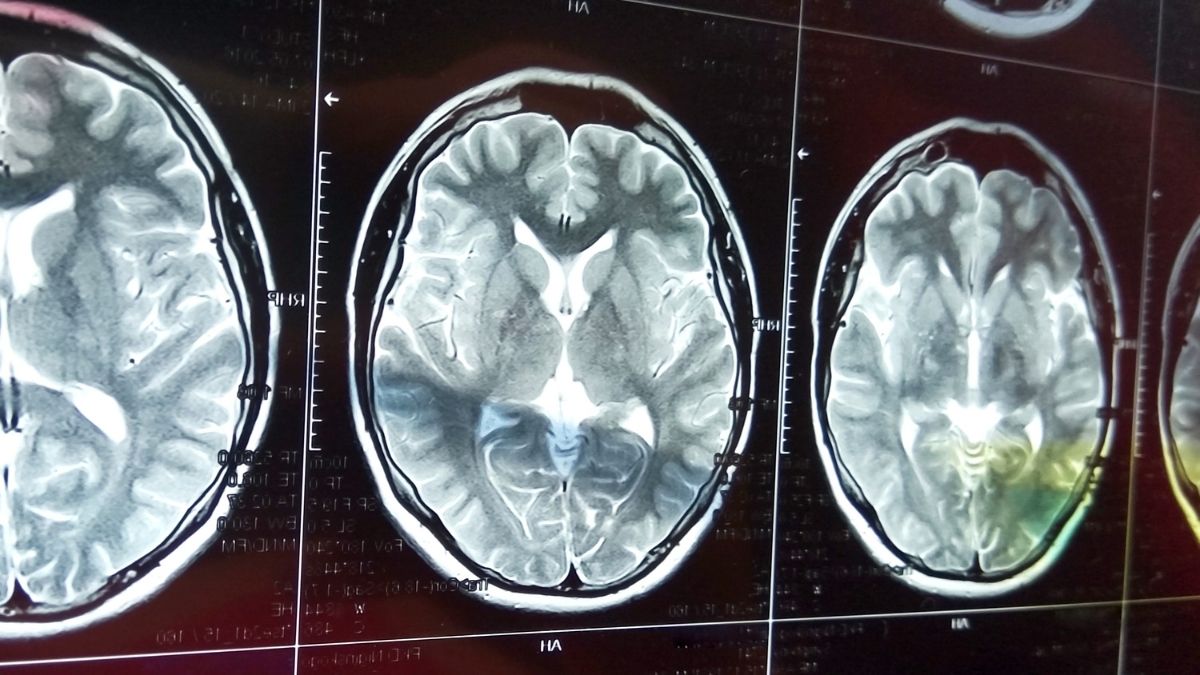
1. Testing the water for post-op complications
Acute kidney injury is a common and serious complication that can develop after cardiac surgery. Affecting about a third of patients who have undergone heart operations, it costs the NHS an estimated £1.2bn a year to treat.
Rinicare, a Manchester-based team of clinicians, has devised a risk-prediction technology called Stability UO. This uses artificial intelligence to analyse routinely captured data – particularly urine output – from post-operative patients in recovery. The platform can identify subtle signs of deterioration and act as an early-warning system to prevent dangerous complications from developing.
The system can also identify low-risk patients, potentially allowing them to be safely removed from critical-care units to free up bed space more quickly. It has been approved for use in the UK and is being evaluated in several NHS hospitals.
“Acute kidney injury is a major concern for clinicians. It is 100 times more deadly than MRSA and it’s associated with short- and long-term morbidity and mortality for patients,” says Rinicare’s chief medical officer, Stuart Grant, a lecturer in cardiothoracic surgery at the University of Manchester.
Stability UO, he adds, has “huge potential to reduce the incidence of acute kidney injury following cardiac surgery. Giving clinical teams advanced warning that it may be developing allows them to take timely action to protect kidney function. This is vital for improving patient outcomes.”
2. One giant leap for osteoporosis treatment
Osteoporosis is a progressive fragile bone disorder that affects more than 3 million people in the UK. From the early years of the space age, NASA knew that its astronauts lost bone mass at a significant rate during their time in zero gravity. Its long search for an effective solution since then has led to the discovery of low-intensity vibration as an osteoporosis treatment.
Marodyne LiV, the first medically approved device that can both treat and prevent the condition, resembles a set of bathroom scales with a mains power supply. The patient simply stands on it. The machine calibrates itself to their weight to ensure that it gives the right level of high-frequency vibration to stimulate their osteoblasts (bone-building cells) and inhibit their osteoclasts (bone-resorption cells).
Studies indicate that using the device for only 10 minutes a day can help to improve users’ bone mineral density, halt the loss of bone tissue and stimulate new growth.

3. You tube: ‘DIY’ substitutes for an endoscopy
Barrett’s oesophagus is a condition of the gullet that can be a precursor to oesophageal cancer. Eight out of 10 patients who are diagnosed and treated for this type of cancer at an early stage will survive it for more than five years.
To help identify cases of Barrett’s oesophagus more quickly, cheaply and comfortably than a conventional endoscopic biopsy can, Cyted has developed a test kit called the Cytosponge. This takes the form of a pill-sized capsule attached to a length of fine thread. The patient ingests the capsule and most of the thread. Its casing dissolves in the stomach after a few minutes, leaving a spherical rough sponge, which collects a tissue sample from the oesophagus as it’s pulled back up by the thread to be regurgitated.
The NHS is rolling out 3,500 kits in England and Scotland. One patient who took a Cytosponge test as part of a trial at her GP practice feels that it could have saved her life.
“If I hadn’t done it, I could now be walking around with cancer,” she says. “The survival rate for oesophageal cancer isn’t good, so to know that I have the all-clear is fantastic.”
A comparable piece of ingestible technology in development is focused on the other end of the digestive system. NHS bodies are working with Danish firm CorporateHealth International and West Midlands 5G on a pill-sized device containing two tiny cameras. Once it reaches the patient’s large intestine, this piece of smart tech will capture and send images straight to the lab for analysis via a 5G network, delivering what’s known as a colon capsule endoscopy.
“Bowel cancer is the second-biggest cancer killer in the UK, accounting for about 20,000 deaths each year,” notes Professor Ramesh Arasaradnam, senior gastroenterologist at the University Hospitals Coventry and Warwickshire NHS Trust. “But we also know that, if it’s detected early, the prognosis is good.”
4. A headset for a healthier mindset
Clinical psychologist Daniel Månsson and neuroscientist Erik Rehn have developed Flow, a medically approved home treatment for depression. It uses a device that looks like a pair of headphones to deliver transcranial direct-current stimulation. This is a proven method that applies a tiny amount of electricity to the dorsolateral prefrontal cortex – an area at the front of the brain that’s been shown to be less active in people with depression.
Well over three-quarters (81%) of patients see a reduction in symptoms after three weeks of using the headset in conjunction with a behavioural therapy app, which features a virtual therapist to empower and motivate users to manage their treatment. This combination “removes access barriers and offers a unique way to treat depression”, according to Rehn.
“When we designed Flow’s headset, we wanted to change how treatment for depression is accessed, especially a method that many people wouldn’t be prescribed as a first-line option,” he says. “Very few mental health services offer brain stimulation unless the case is severe, yet Flow is very effective at treating mild symptoms.”

5. Breast cancer testing on the double
A team of artificial intelligence experts and cancer scientists have created an AI platform that can detect virtually imperceptible differences in the appearance of cancer cells. These variations reveal important insights about the cells’ molecular state, which can in turn inform the most appropriate treatment choices.
Breast cancer is the most frequently diagnosed cause of cancer-related death among women. In the UK, there are about 55,900 new cases each year. Clinicians using the PANProfiler image-analysis platform from Panakeia can receive information to help them make breast cancer treatment decisions within 15 minutes, instead of waiting days or even weeks for the results of lab tests. It’s recently been approved for use in the UK and Europe.
“This exciting technology has the potential to save laboratory resources and also to improve turnaround times for biomarker results for patients with invasive breast cancer,” says Sarah Pinder, professor of breast pathology at King’s College London.
Panakeia is planning to develop its technology to tackle other types of cancer. Its mission to accelerate the processes of diagnosis and treatment is driven by personal experience. The company’s co-founder and CEO, Pahini Pandya – a former cancer researcher – knows all too well how stressful the wait for test results can be.
“When I was doing my PhD at King’s College London, I had my own cancer scare,” she explains. “I had to wait nearly a month to get the all-clear, which was a harrowing experience. But I also knew what the challenges were and why it was taking so long, because I was conducting those very tests myself. It was a pivotal event.”
